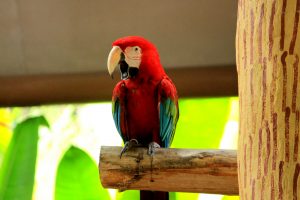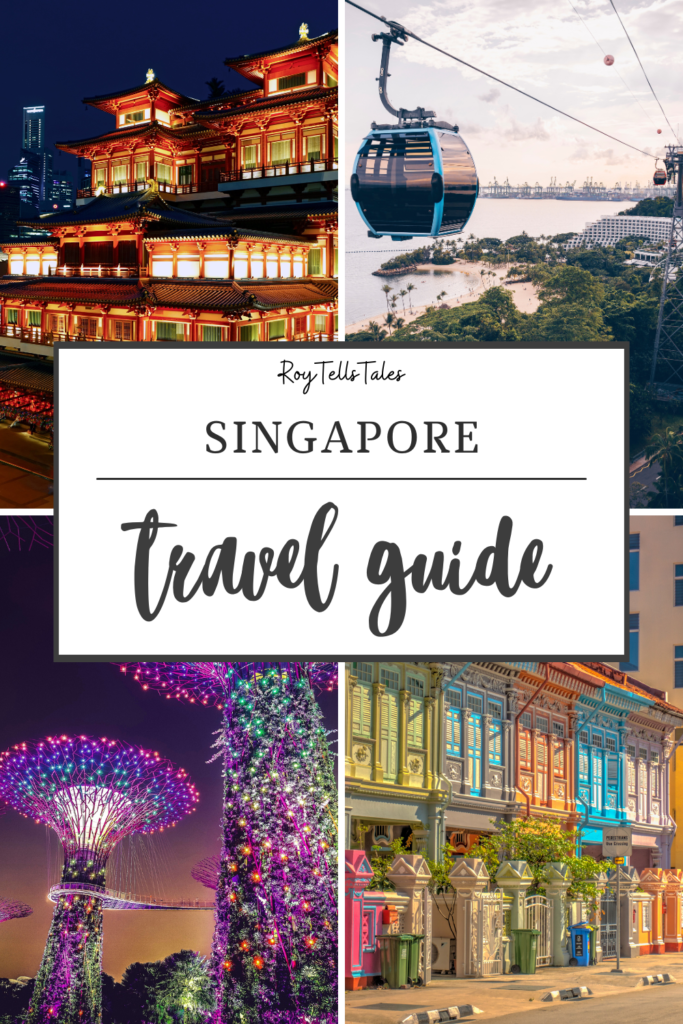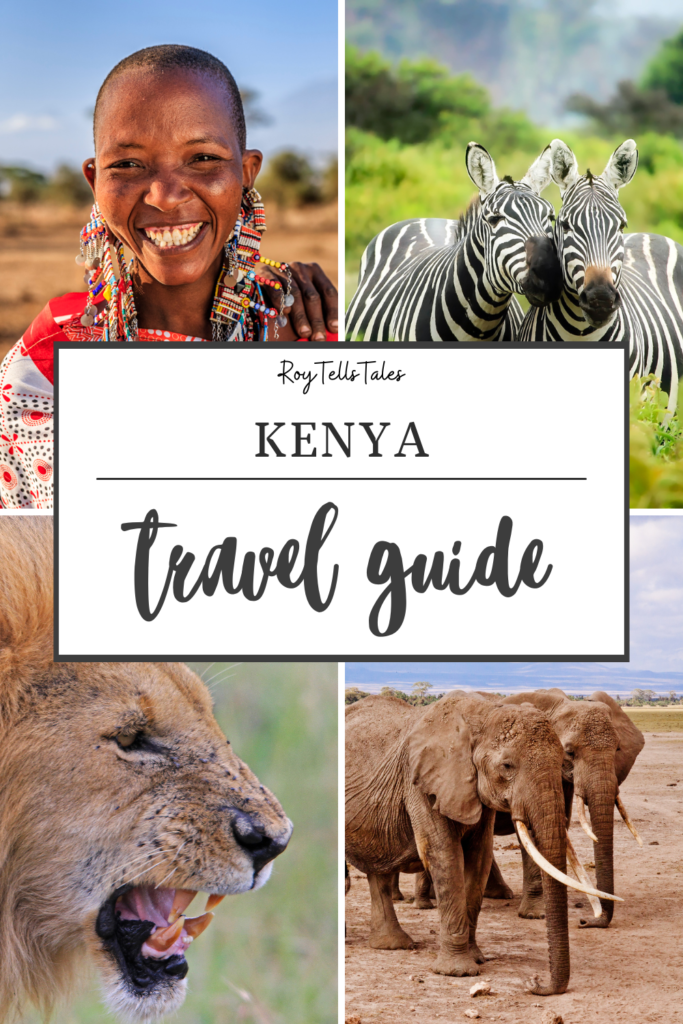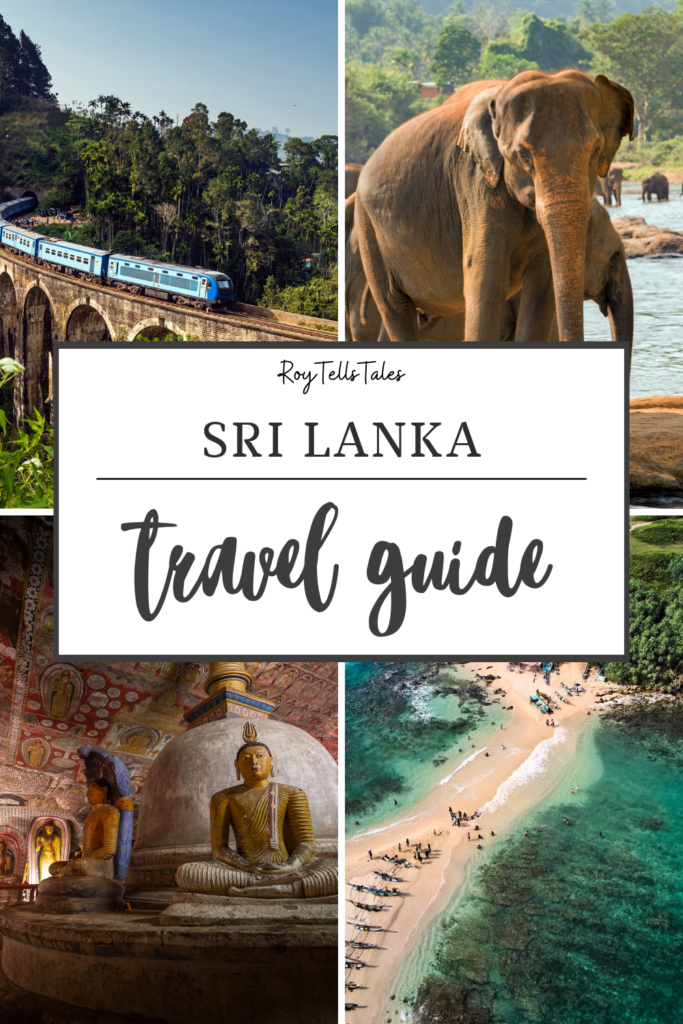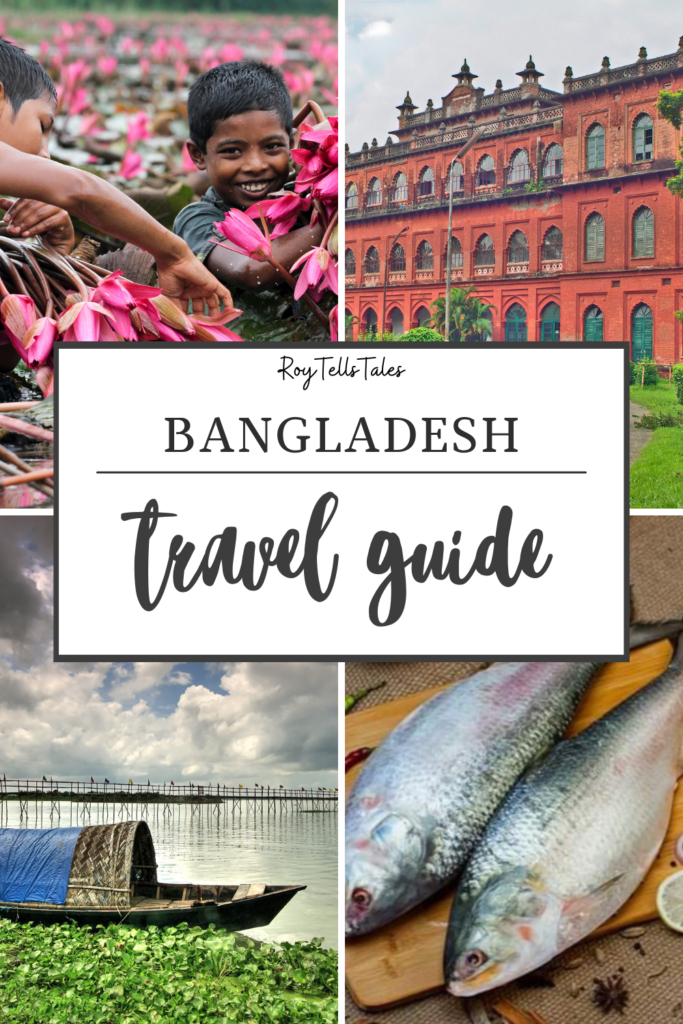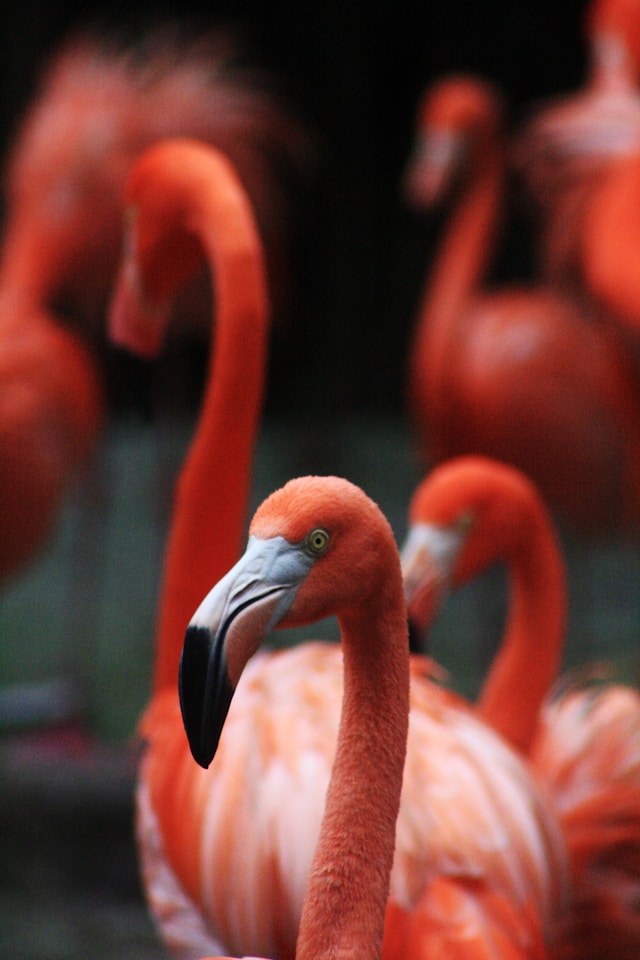

Jurong Bird Park, Singapore: A Detailed Guide to Discover Asia’s Largest Bird Paradise!
When we usually travel to a new destination, visiting zoos & bird parks would essentially be the last thing on our checklist! While both I and RD love animals, we are keener to see them wild and free, rather than captivated and kept away from their natural habitat. However, during our trip to Singapore, we decided to head off to Jurong Bird Park one afternoon, and it turned out to be one of the best experiences from that trip! Honestly, after being to the zoos in India, you tend to lose hope but here, it was an absolute treat as we felt like walking through a rainforest for real!
Wherever you come from, if you are planning a visit to Singapore, you would love to have up-close encounters with many of the most beautiful and rarest feathered friends at this bird paradise! Opened in 1971 & spreading over nearly 20.2 hectares in the western part of Singapore, Jurong Bird Park is Asia’s largest bird park. It was awarded the Certificate of Excellence by TripAdvisor, as per visitors’ reviews.
Jurong Bird Park Timings & Entrance Fee
The park remains open from 8:30 AM to 6 PM, however, the last entry is allowed till 5:30 PM. The ticket price is 30 SGD for adults and 20 SGD for children (3 to 12 years). Take time to observe and learn more about the different types of birds. It will be great if you have more than half a day to enjoy the various activities that the park has in store for the visitors.
In case you think walking around is tiring, especially for the hot and humid weather in Singapore, you can simply hop onto the tram and it can take you around Jurong Bird Park. There are 3 tram stations around the bird park, so you can hop off to explore the area and hop back again, to go to the next station.
Note: If you are a lover of animals and nature, you can consider buying the Park Hopper Specials, which gives you a 3-in-1 combined ticket entry to The Singapore Zoo, Night Safari, and Jurong Bird Park. This will help you to save lots of money!
Here Are The 10 Reasons Why We Loved Jurong Bird Park & Think It’s Totally Worth Visiting!
Jurong Bird Park has approximately 5,000 birds from 400 species found all over the world, 20% of which are endangered. The main mission is not only to conserve wildlife habitats but also to educate people from across the globe, about the avian world, as well as gain real insight into the flying wonders that are thriving in this beautiful bird paradise.

1. Walking around the Penguin Coast
It might sound surprising, but this bird park has more than 100 penguins living in a climate-controlled environment and we couldn’t just stop ourselves from adoring them!
Here you will get to see the beautiful Antarctic Penguins & watch them dive and carry on, as they romp and play in the icy waters. It was super awesome to see them spend time with their tropical brothers, the South African Penguins!
Note: There’s a “Happy Feet Show” taking place every day during feeding time at 10:30 AM and 3:30 PM, so make sure to be around that time.
2. Hang out at one of the most attractive surroundings around the Flamingo Pool
This is probably one of the most worth-seeing zones in Jurong Bird Park and I absolutely loved watching the Flamingos! It was a chance for us to take a closer look at what the flamingo chicks look like, as well as how they are raised.
There are Greater Flamingos and Lesser Flamingos that call this place home. We spotted some Chilean and Caribbean Flamingos, (though it’s difficult to know what is what, you can easily flip through the guidebook available at the kiosks and read them). Each of the species of flamingos is completely different from the others. To say the least, this place is Flamingo heaven!
3. Watching the High Flyers Show
While quite a few bird shows were happening throughout the day, we missed most of them but could make it to this one. This bird show has the world’s largest number of performing birds in a single act.
Besides highlighting the antics of talented birds like the mimicking cockatoos, this show is also a window into the natural behavior of birds like macaws, pelicans, flamingos, and hornbills. It was a delightful experience to watch the various species flying in flocks around the amphitheater.
Note: The High Flyers Show takes place at the amphitheater at 11 AM and 3 PM daily.
4. Heading off to the Pelican Cove
Our next stop was the ‘Pelican Cove’ which housed about 8 species of pelicans, including the endangered Dalmatian pelican. Wild herons and storks, along with the neighboring bin chickens and Greater flamingoes, sometimes join them as well.
There’s also a show where visitors can see the pelicans at the world’s first underwater viewing gallery, where the birds scoop up fish at feeding time! Although we missed the show, we got to know that a keeper feeds the pelicans throughout the introduction so visitors can marvel and watch how large a pelican’s beak can expand when it dives for food underwater.
5. Feeding the birds at Lory Loft
Although I’m a bit scared of getting pecked by the birds, RD had a great time feeding the colorful lories & also helping other kids in the area, trying to feed the birds. Lory Loft was a popular zone for sure, which is the world’s largest walk-in flight aviary for lories and lorikeets, with over 1,000 free-flying lories!
Other species housed here include the megapodes, currawongs, Eclectus parrots, king parrots, cockatoos, and various Australasian parakeets. The ambiance of this place is quite similar to that of a rainforest valley in tropical Northern Australia.
What makes this zone unique is the fact that visitors can feed the birds with their special food mixture which the bird keepers have prepared for you. In fact, giving the birds food is a way to attract them closer, so that you can hear them chirp & sing while taking fancy photos with them.
6. Being spellbound by the ‘Kings of the Skies’ Show
Apart from the High Flyers, the other shows that we got to see were featuring the fierce and formidable birds of prey – majestic creatures at the top of their food chain. It was great to witness the presence of magnificent predators such as the white-tailed sea eagle, the hooded vulture, and Harris’s hawk.
Apart from these, there were scavenging vultures too. For us, it was thrilling to see these huge birds so closely, flying right across our heads.
There’s a scope to volunteer & try your hand at falconry if you’re a brave heart!
Note: The Kings of the Skies show takes place at the Hawk Arena at 10 AM and 4 PM daily.
7. Getting to know more about the Dinosaur Descendants!
By this time, we had already walked a bit, but that didn’t muddle our excitement in any way.
Walking ahead, we figured out that there’s a separate section housing some of the largest extant birds, including various species of crane, and large flightless birds such as ostriches, emus, rheas, and cassowaries. Scientists have been speculating that these birds are the descendants of the T-Rex family!
In case you’re interested, you can read more about the Dinosaur Descendants, here.
8. Admiring the beautiful Macaws
The Parrot Paradise is a small zone that houses some of the most gorgeous parrot species, mostly macaws, conures, and cockatoos.
My eyes were completely dazzled to see those colorful birds! The park is also taking measures to breed & conserve the 3 three extant species of blue macaws, which can be seen here — the Hyacinth, Lear, and Spix.
9. Experiencing the Waterfall Aviary
When we first saw the waterfalls, I couldn’t believe that it was a man-made one! Known as the Jurong Falls, this is one of the world’s tallest man-made, indoor waterfalls. A suspension bridge in the zone allows visitors to get a panoramic view of the surrounding landscape and a hiking trail lets the visitors catch sight of some of the more reticent birds in action.
Being the world’s largest walk-in aviary, this place houses more than 50 species of birds, including the endangered sun conures, the vulnerable common crowned pigeons, pied imperial pigeons, and Von der Decken’s hornbills.
10. Visit the Breeding and Research Centre (BRC)
Last but not least, this is the place for those who like science and do science: the Breeding and Research Centre. Not just the natural habitats, Jurong Bird Park is also conserving the threatened and non-threatened species. What the BRC does is support the breeding and the survival of baby chicks.
In short, it’s called “egg-pert” care! Coming here, you are going to learn about the lifespan of the eggs and what conditions they need to hatch. Normally, the abandoned eggs are also collected and brought here. Eggs are put in the incubation room until the chicks come out. Then, the chicks are moved to the nursery room, where they have “bird nannies” feed them every two to three hours. So interesting, isn’t it?
Other than the birds, we also spotted some very interesting-looking reptiles (one of which was a chameleon, not sure what the others were though!).
To say the least, we indeed had a great time soaking in the freshness and walking around, watching all these lovely flying beauties. In case you’re wondering how to reach Jurong Bird Park, the easiest way is to take the East-West MRT line bound for Tuas Link, and alight at Boon Lay (EW27). From the Boon Lay bus interchange, take Bus No. 194, which will take you straight to Jurong Bird Park. Otherwise, you can simply book an Uber/ Grab and directly head to the park.
Also, if you’ve been to the Jurong Bird Park and wish to share your experience with us, do write to us in the comments below 🙂 We’d love to know more about how you liked it!
Frequently Asked Questions About Jurong Bird Park, Singapore
What is Jurong Bird Park known for?
Jurong Bird Park is Asia’s largest bird park, home to over 3,500 birds from 400 species. It’s famous for its large, walk-in aviaries like the Waterfall Aviary, Lory Loft, and Penguin Coast, offering visitors close-up encounters with exotic and endangered birds.
Where is Jurong Bird Park located?
Jurong Bird Park is located at 2 Jurong Hill, Singapore 628925, in the western part of the island.
What are the opening hours of Jurong Bird Park?
The park is open daily from 8:30 AM to 6:00 PM, with the last entry at 5:30 PM. It’s advisable to arrive early to enjoy the bird shows and feeding sessions.
How much are the tickets to Jurong Bird Park?
- Adults: SGD 38
- Children (3-12 years): SGD 25
- Seniors (60+ years): SGD 20
Tickets can be booked online for discounts and combo packages with other attractions like the Singapore Zoo and Night Safari.
How do I get to Jurong Bird Park?
- By MRT & Bus: Take the East-West MRT line to Boon Lay station (EW27), then transfer to Bus 194 or 251.
- By Taxi/Car: It’s about a 30-minute drive from the city center. Parking is available on-site.
- Shuttle Service: There’s a free shuttle service between Jurong Bird Park and other wildlife parks operated by Mandai Wildlife Reserve.
What are the must-see attractions at Jurong Bird Park?
- Waterfall Aviary: A massive walk-in aviary featuring a 30-meter-tall waterfall and over 600 birds.
- Lory Loft: A colorful space where you can hand-feed friendly lorikeets.
- Penguin Coast: Home to various penguin species, including King Penguins.
- Birds of Prey: A thrilling exhibit featuring eagles, hawks, and falcons.
- Flamingo Lake: A scenic area with hundreds of vibrant flamingos.
- High Flyers Show: A daily bird show featuring parrots, hornbills, and more.
Can I interact with the birds?
Yes! Jurong Bird Park offers several opportunities for interactive experiences:
- Feeding Sessions: You can feed lories, pelicans, and penguins at designated times.
- Keeper Talks: Learn more about bird species and conservation efforts from park staff.
- Bird Photography: Capture moments with parrots and other exotic birds at photo points.
How long should I plan to spend at Jurong Bird Park?
You should allocate at least 3 to 4 hours to explore the park fully, including time for shows, feeding sessions, and walks through the aviaries.
Is Jurong Bird Park suitable for children and elderly visitors?
Absolutely! The park is family-friendly, with stroller and wheelchair rentals available. The Birdz of Play water playground is a hit with kids, and there are plenty of shaded rest areas for seniors.
Are there any special events or programs?
Jurong Bird Park often hosts seasonal events and behind-the-scenes tours, such as:
- Breakfast with Parrots: Enjoy a meal while being entertained by parrots.
- Bird Keeper Experience: A hands-on program for bird enthusiasts.
Are there any dining options inside the park?
Yes, there are several dining options, including:
- The Birdz of Play Café: Great for families with kids.
- Hawk Café: Offers local and Western dishes.
- Main Entrance Café: Ideal for quick snacks and refreshments.
